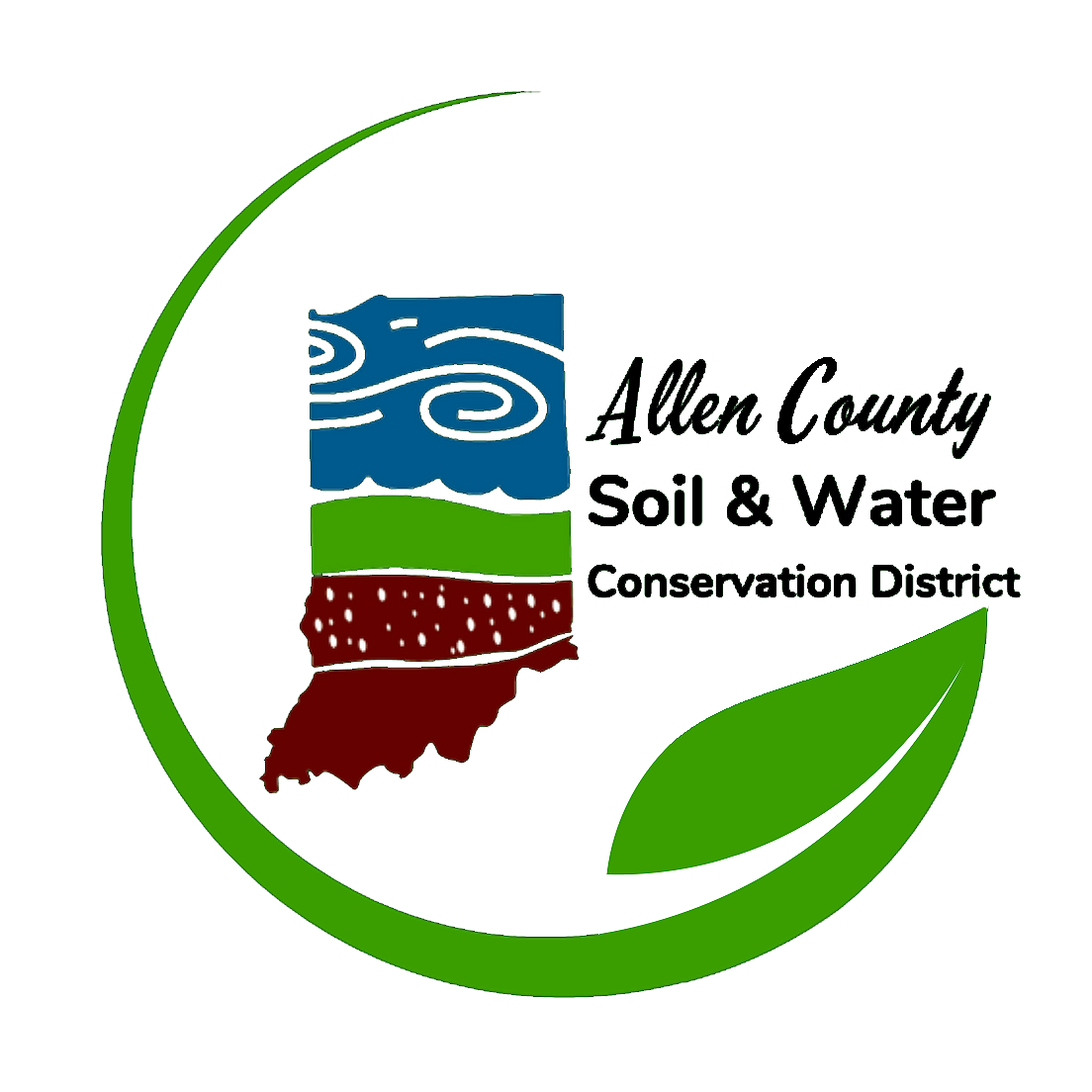About Us

What is a Soil and Water Conservation District?
- Prioritize local soil and water resource concerns
- Connect land users to sources of educational, technical, and financial assistance
- Implement conservation practices and technologies
- Work with landowners to promote healthy soils, water, forests, and wildlife
- Implement conservation practices for farms, ranches, and forests
- Conserve and restore wetlands
- Protect groundwater resources
- Help communities and homeowners plant trees
- Help developers control soil erosion
- Teach the value of natural resources
A History of Soil and Water Conservation Districts in Indiana
Vanderburgh SWCD, the first Soil and Water Conservation District in Indiana was established in 1940 shortly after Indiana’s first District Law (IC 13-3-1) was enacted. Indiana’s District Law, which authorized the creation of soil and water conservation districts by a petition process, was developed from model legislation provided to all the states by President Franklin Roosevelt’s administration in 1937. This model legislation was sent to the states because the federal government recognized the need for local leadership, trust and direct involvement in carrying out federal soil conservation/erosion control programs. The first version of the Indiana District Law included the establishment of the State Soil and Water Conservation Committee (in 1986 the name was changed to State Soil Conservation Board). In 1947 some funding was provided to Purdue University to hire a full time Executive Secretary to help the committee administer the rapidly growing number of petitions from landowners to establish soil and water conservation districts in their respective counties around the state. The majority of Indiana’s 92 districts were established under the Indiana District Law in the 1945-1960 timeframe. In 1974 the last district (Tipton) was established, resulting in a district being in place in all 92 Indiana counties.
In the early years of the conservation district movement in Indiana (1945-1972 timeframe) the primary focus of districts was to get landowners to become district cooperators so that the Soil Conservation Service (SCS), now called Natural Resources Conservation Service (NRCS), could work with them to develop conservation plans for reducing erosion and improving their land’s productive capacity. The typical conservation plans included decisions made by the respective landowner on crop rotations, structural erosion control practices, drainage improvements and liming. In the late 70’s and 80’s, the focus shifted more toward ways to reduce runoff, as well as the off-site impacts of sediment, attached nutrients and pesticides on water quality. In the late 80’s to the present day, the federally funded Farm Bill conservation programs have been the driving force for conservation implementation by NRCS. During this time, districts have carried a larger load in conservation education and non-Farm Bill related conservation application simply because Farm Bill conservation programs implementation, while getting good conservation on the land, has consumed all the time and resources of NRCS. As we look to the future, both soil and water quality will remain key focus areas because of their impact on economic development, tied to improved 1 quality of life for local citizens. And districts that are functioning well will be viewed as the local hub that serves as a clearinghouse to connect land users to sources of educational, technical and financial assistance to assist in solving soil and water quality
